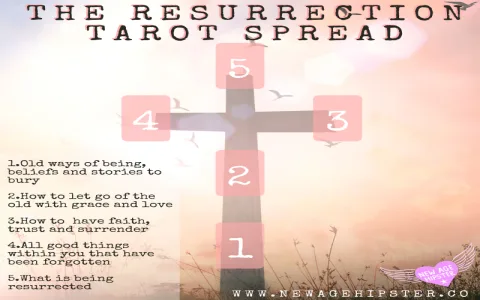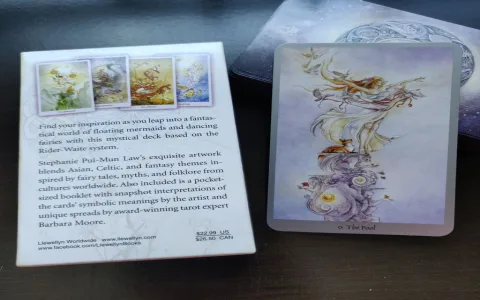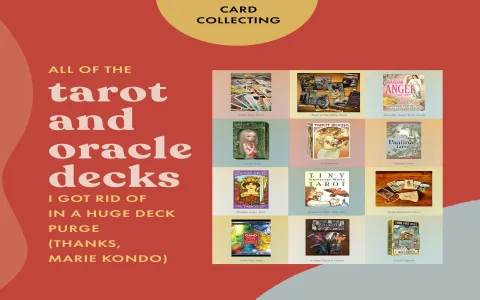Man, let me tell you something. Relationship readings. They sound easy, right? Two people, some feelings, a couple of cards. Nope. They are the absolute trickiest things I deal with, mostly because people come in desperate for someone else to change, or they just want you to tell them the fairy tale ending is coming. I spent a whole week last month just drilling mock relationship spreads because I kept hitting the same walls. I needed to document exactly where I was screwing up so I could stop.
I started this practice log by pulling three specific cards: one for the Querent’s internal feelings, one for the perceived state of the connection, and one for the Partner’s general energy. It was simple, designed to highlight the pitfalls.
The Trap of Predicting Him (Mistake #1)
The first reading I logged involved a client—let’s call her Sarah—who was obsessed with whether her guy was ever going to commit. She wasn’t asking what she should do; she was demanding to know what he was going to do. And naturally, I fell right into it.
I pulled the cards. I saw a major arcana in the “Partner’s Energy” spot that signaled stalling and hesitation. What did I immediately jump to? I ignored Sarah completely. I focused 90% of my energy on detailing the partner’s supposed deep-seated fears of responsibility, giving her a whole novel about a guy who wasn’t even present. I was playing psychic detective.
I finished the reading feeling drained, and Sarah looked… expectant, but not helped. That night, reviewing my notes, I wrote down a big, messy entry. I realized I had completely invalidated Sarah’s agency. I acted like the relationship was something happening to her, not something she was actively participating in. I handed her power over to some hypothetical future action by another person.
My biggest takeaway from that session was recognizing the immediate urge to satisfy the querent’s curiosity about the other person. I had to force myself to pivot. Now, if I catch myself focusing more than 30% of the reading on the partner’s actions, I slam the brakes. I immediately grab the cards for the Querent’s position and demand an actionable step from them.
Missing the Emotional Guts (Mistake #2)
After that, I tried to overcorrect. I decided I was going to be the most practical reader ever. No fluff, just the cold hard truth as written in the book. This brought me to Mistake #2: being too literal and too clinical.
I was doing a reading on a couple who were struggling with communication, symbolized by a lot of Swords energy. Instead of translating the visual energy of the Swords—the sharpness, the mental strain, the need for clarity—I just recited textbook definitions.
I remember looking at the Four of Swords and saying something incredibly unhelpful like, “You are mentally exhausted and need rest.” Well, duh. Anyone in a crumbling relationship is exhausted. I was missing the context. I wasn’t connecting the dots between the cards and the actual messy emotions involved. I was reading a Wikipedia entry, not a human being’s soul story.
The querent pushed back, saying, “I know I’m tired, but how does this help me talk to him?” That hit me like a train. I realized I was avoiding the emotional reality by hiding behind technical definitions. I wasn’t using the cards to start a conversation; I was using them to end one.
I went back to the drawing board and practiced what I now call “verb-loading.” Every card interpretation needed a direct, active verb aimed at the querent’s current emotional state or future actions:
- Instead of: “The Two of Cups means partnership.”
- I forced: “You need to rebuild trust by choosing vulnerability.”
This process felt clunky at first, but it completely shifted the dynamic from prediction to empowerment.
The Sneaky Killer: My Own Baggage (Mistake #3)
This one is the hardest to spot because it comes from inside your own head. I was doing a spread for a young woman who was deep in a highly toxic on-again, off-again pattern. Her scenario was eerily similar to a bad situation I had years ago—the constant drama, the broken promises.
My heart rate spiked when I saw the cards confirm the pattern. Before I could stop myself, I felt the judgment rising up. I was about to preach, to tell her exactly what I should have done back then: “Girl, just walk away! It’s not worth the pain.” I caught the words right on the tip of my tongue.
I had to take a full minute pause. I physically closed my eyes and reminded myself: My history is not their guidance. The moment my personal experience dictates the reading, I stop being the reader and I start being a frustrated friend who just wants to shout advice.
This projection is the absolute death knell of an honest relationship reading. The client needs their truth, not my painful memories dressed up as wisdom.
Now, before every relationship reading, I have a ritual. I visualize packing up my own emotional baggage and sealing it in a concrete box before I even shuffle the deck. I actively look for similarities to my own life, and if I find one, I read that specific card extra cautiously, forcing myself to view it purely through the lens of the traditional meanings, divorced from my own gut reaction.
Avoiding these three things—predicting the partner, staying clinical, and projecting my own history—changed everything. The readings are longer, messier, but they are honest, and more importantly, they are actually helpful. It’s hard work, but tracking the failures is the only way to get better at this gig.




